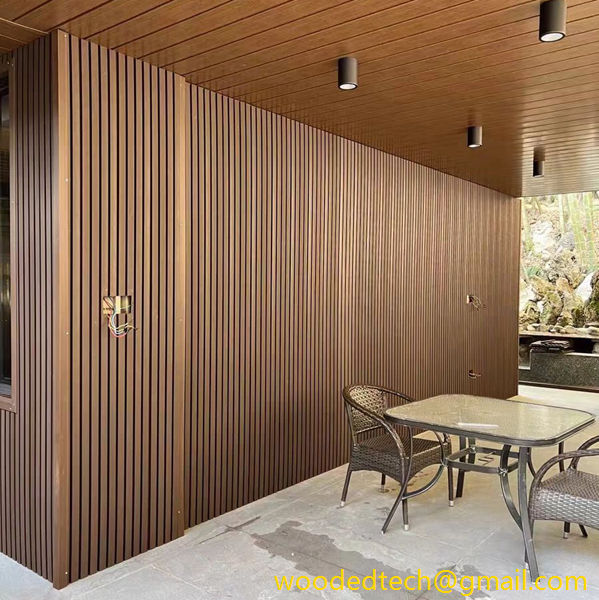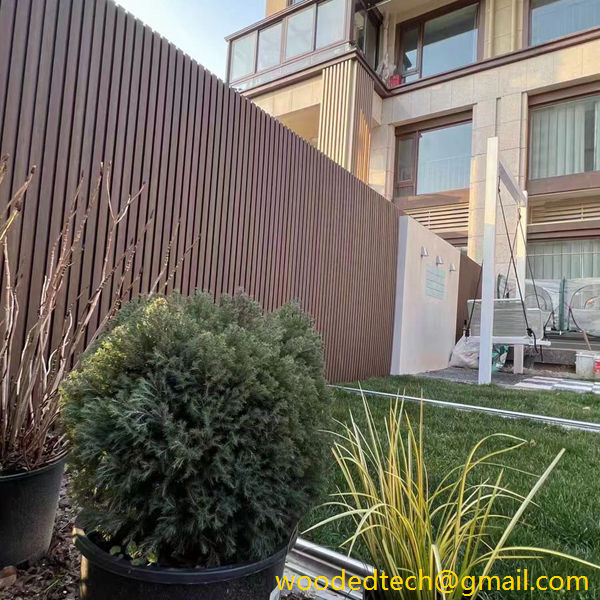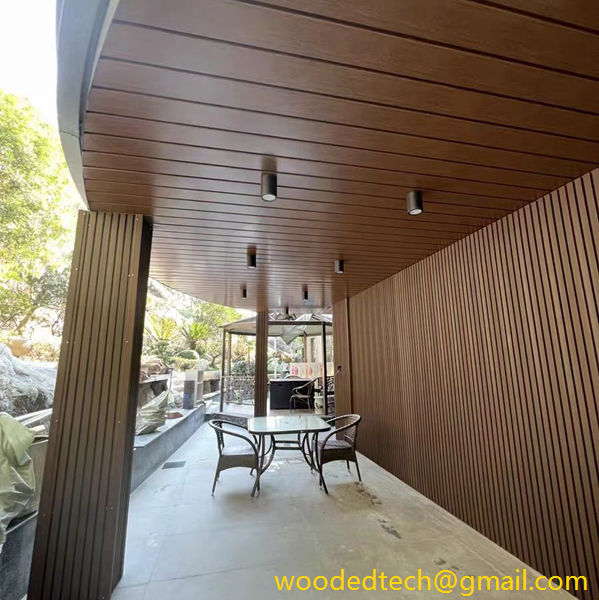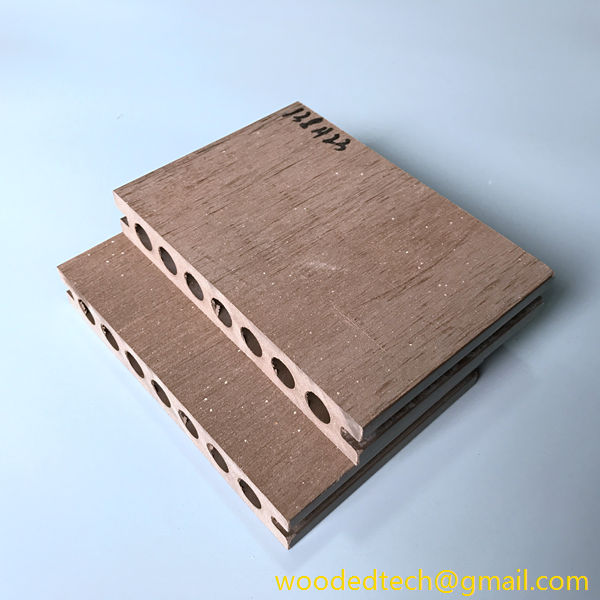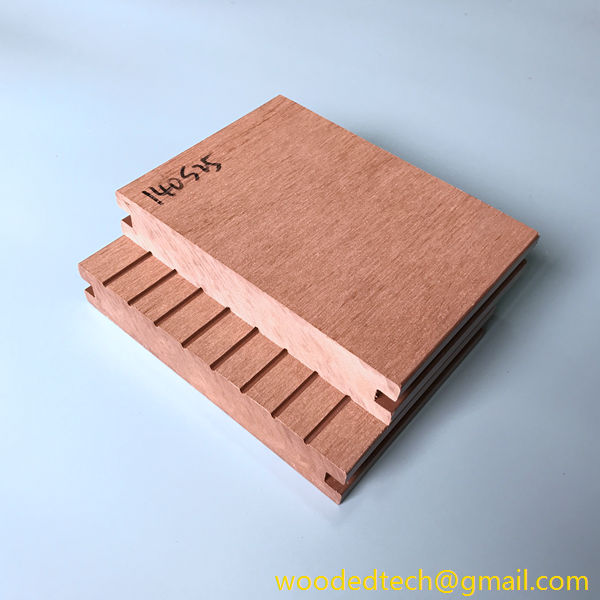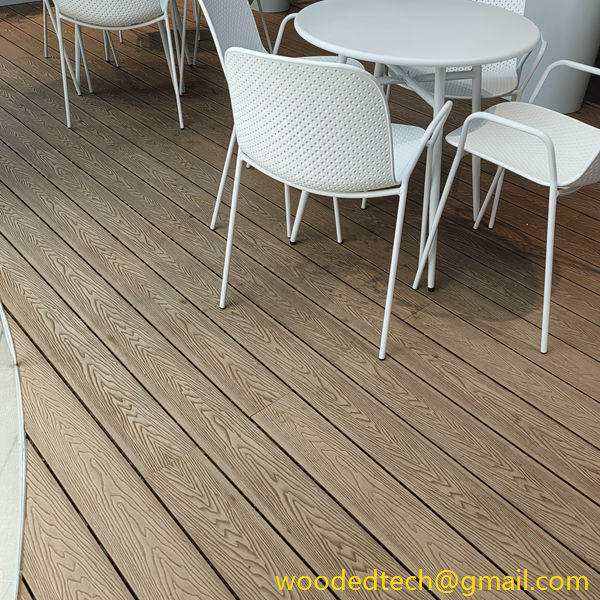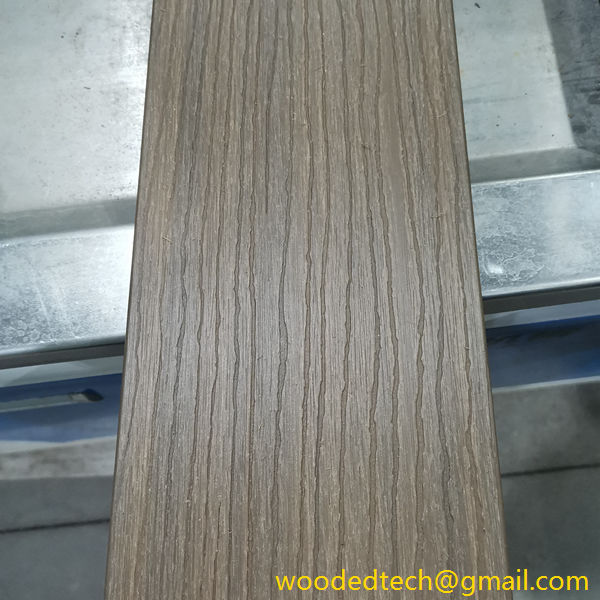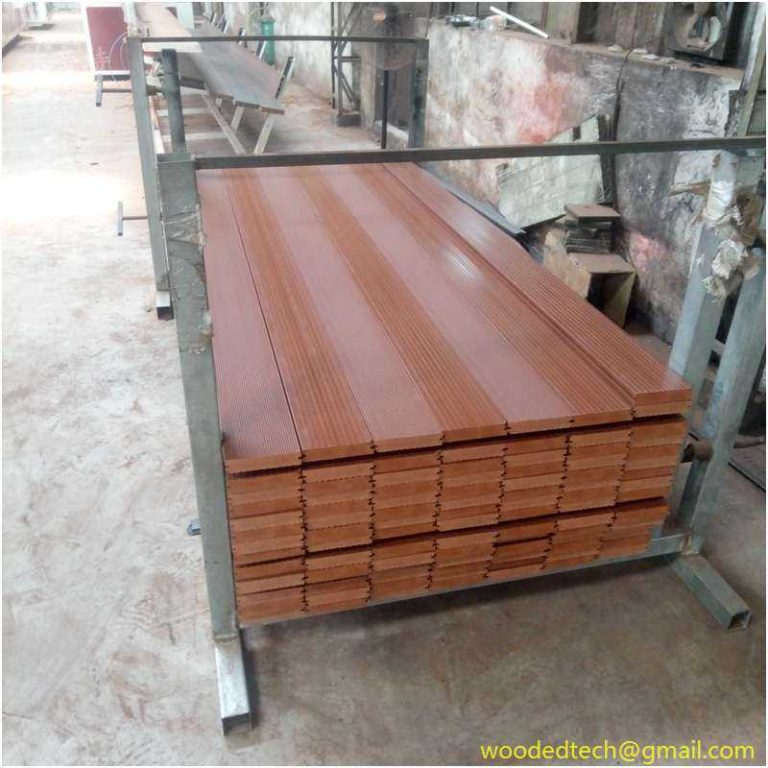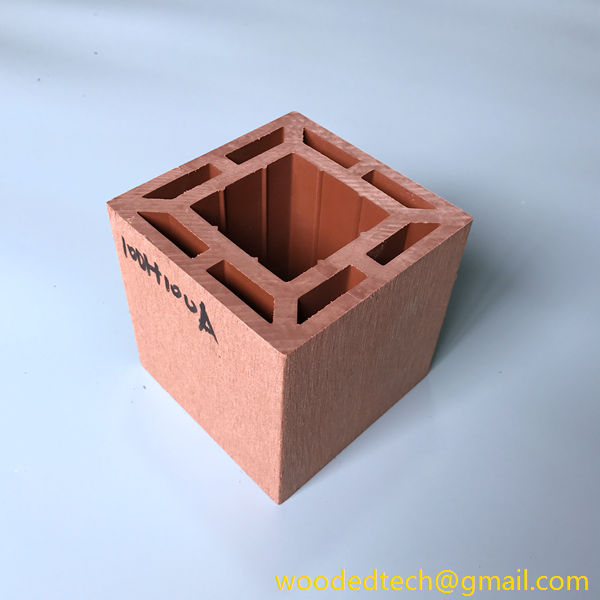Durable and Stylish 3d Outdoor Wall Panels for Your Exterior
Durable and Stylish 3d Outdoor Wall Panels for Your Exterior In recent years, the demand for innovative and aesthetically pleasing exterior design solutions has surged, leading to the emergence of various materials and technologies that can transform the look and functionality of outdoor spaces. One such innovation is the durable and stylish 3D outdoor wall…
Durable and Stylish 3d Outdoor Wall Panels for Your Exterior
In recent years, the demand for innovative and aesthetically pleasing exterior design solutions has surged, leading to the emergence of various materials and technologies that can transform the look and functionality of outdoor spaces. One such innovation is the durable and stylish 3D outdoor wall panels. These panels not only enhance the visual appeal of buildings but also provide a host of practical benefits, making them an increasingly popular choice among architects, builders, and homeowners alike.
The concept of 3D wall panels is rooted in the desire to create striking visual effects while maintaining durability and ease of installation. These panels are typically made from materials such as fiberglass, PVC, or composite materials, which are engineered to withstand the elements while offering a modern and sophisticated appearance. The three-dimensional designs can mimic natural textures like wood or stone, or offer more abstract patterns, allowing for a wide range of aesthetic possibilities.
From a global production capacity perspective, the distribution of 3D outdoor wall panels is influenced by several factors, including material availability, manufacturing technology, and market demand. The production of these panels is concentrated in regions with strong manufacturing capabilities, such as Asia, particularly in countries like China, India, and Vietnam. These countries have established themselves as key players in the global manufacturing landscape due to their advanced production techniques, cost-effective labor, and access to raw materials.
China, for instance, has become a hub for the production of various building materials, including 3D wall panels. The country’s industrial infrastructure supports large-scale manufacturing operations, which can produce these panels at competitive prices. Additionally, the Chinese government has invested heavily in technology and innovation, enabling manufacturers to produce high-quality, durable products that meet international standards.
India is also emerging as a significant player in the 3D wall panel market. With a growing construction industry and increasing demand for modern building materials, Indian manufacturers are leveraging local resources and talent to produce innovative wall panels. The Indian market is characterized by a blend of traditional and modern design preferences, which means that 3D wall panels can cater to a diverse range of architectural styles.
Vietnam, on the other hand, is becoming increasingly attractive for foreign investment in manufacturing due to its strategic location and favorable trade agreements. The country has seen a rise in production capacity for various construction materials, including 3D outdoor wall panels. As the demand for sustainable and stylish building solutions grows, Vietnamese manufacturers are adapting to produce eco-friendly options that appeal to environmentally conscious consumers.
The global distribution of production capacity for 3D outdoor wall panels is not limited to Asia. Countries in Europe and North America are also significant contributors to this market. In Europe, nations such as Germany and Italy are known for their high-quality manufacturing processes and design innovation. European manufacturers often focus on sustainability and eco-friendly practices, which align with the increasing consumer demand for environmentally responsible products.
In North America, particularly in the United States and Canada, there is a growing trend toward the use of 3D wall panels in residential and commercial projects. Local manufacturers are responding to this demand by producing panels that not only meet aesthetic needs but also prioritize energy efficiency and durability. The emphasis on energy-efficient building practices is a crucial factor influencing the design and production of 3D outdoor wall panels in this region.
As the global market for 3D outdoor wall panels continues to expand, several trends are shaping the industry. First, there is an increasing focus on sustainability. Many manufacturers are investing in research and development to create panels from recycled materials or those that have a lower environmental impact. This trend is driven by consumer awareness of environmental issues and a growing preference for sustainable building materials.
Second, technological advancements in production processes are enabling manufacturers to create more intricate and customizable designs. The use of computer-aided design (CAD) technology allows for precise detailing and the ability to produce panels that meet specific client requirements. This customization is particularly appealing in the luxury market, where unique design elements can significantly enhance the overall aesthetic of a property.
Additionally, the versatility of 3D outdoor wall panels has made them suitable for various applications. They can be used in residential, commercial, and industrial settings, allowing for the seamless integration of style and function. Whether used for cladding, fencing, or decorative accents, these panels offer a modern solution that can elevate any exterior space.
In conclusion, the growing popularity of durable and stylish 3D outdoor wall panels reflects a broader trend in architecture and design that prioritizes both aesthetics and functionality. The global distribution of production capacity for these panels showcases the interconnectedness of markets and the influence of regional manufacturing capabilities. As technology continues to advance and environmental considerations become increasingly important, the future of 3D wall panels looks promising, offering exciting possibilities for innovative exterior design solutions worldwide. By understanding the dynamics of global production capacity distribution, stakeholders in the construction industry can make informed decisions about sourcing and incorporating these modern materials into their projects.

